
illegal wildlife trading
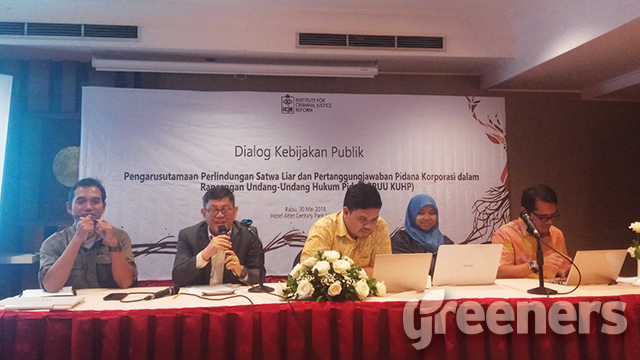
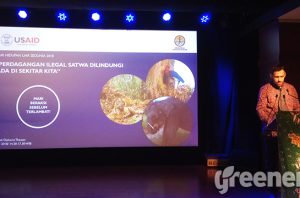
Illegal wildlife trade, man-animal conflicts and declining habitat leading to extinction for many of species. Wildlife protection from government, private sector and people are encouraged to stop illegal wildlife hunting and trading, especially protected species.

Hobbyists of wildlife species accounted for 78 percent of online demands, starting from tiger offsets, deer heads and elephant ivory, making them the largest contributor in the chain of illegal wildlife trading.

General Surasak Kanchanarat underlined the importance to increase cooperation between nations in Asia region in tackling illegal wildlife trade.

Ministry of Environment and Forestry and police arrested two illegal wildlife traffickers through social media.
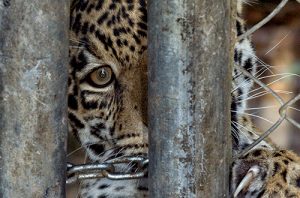
Ministry of Environment and Forestry along with Police, District Attorney, and Center for Financial Transaction Reporting and Analysis (PPATK) encourage for Money Laundering Law to impose harsher punishment for illegal wildlife traffickers.
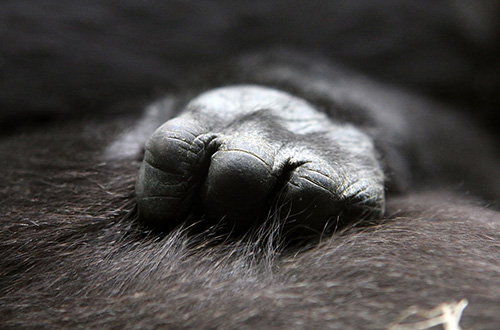
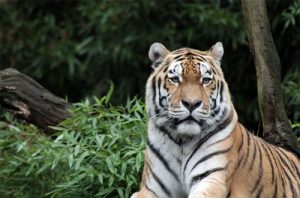
Following fast decline of Sumatran tiger (Phantera tigris sumatrae), the Big Cat is predicted to have only 3,000 individuals around the world with less than 400 left in its own habitat, Sumatra island.

Three men found guilty of illegal orangutan trading by Pekanbaru District Court on March 22 against the 1990 Law on Conservation. The sentences received were considered as the highest record for wildlife trading in Riau for the last ten years.




















